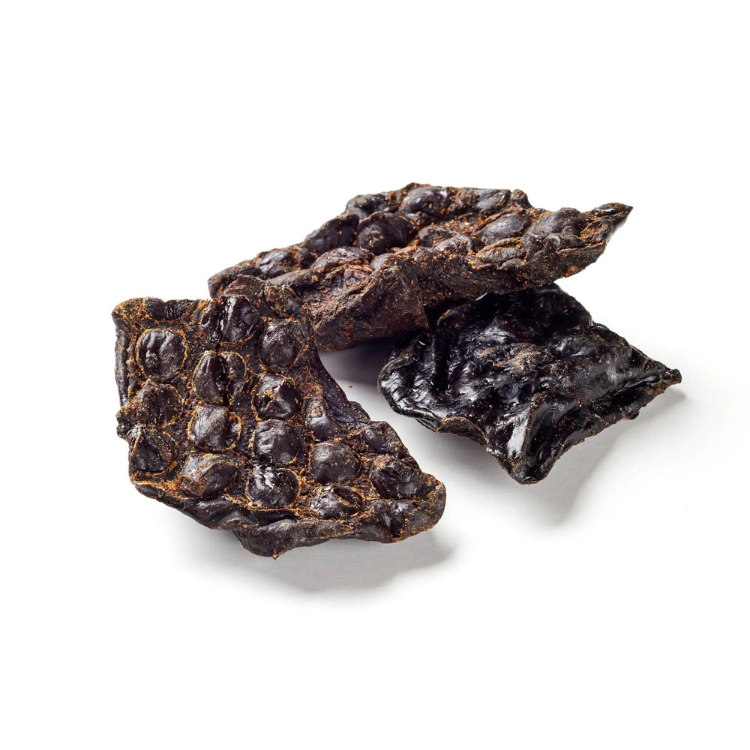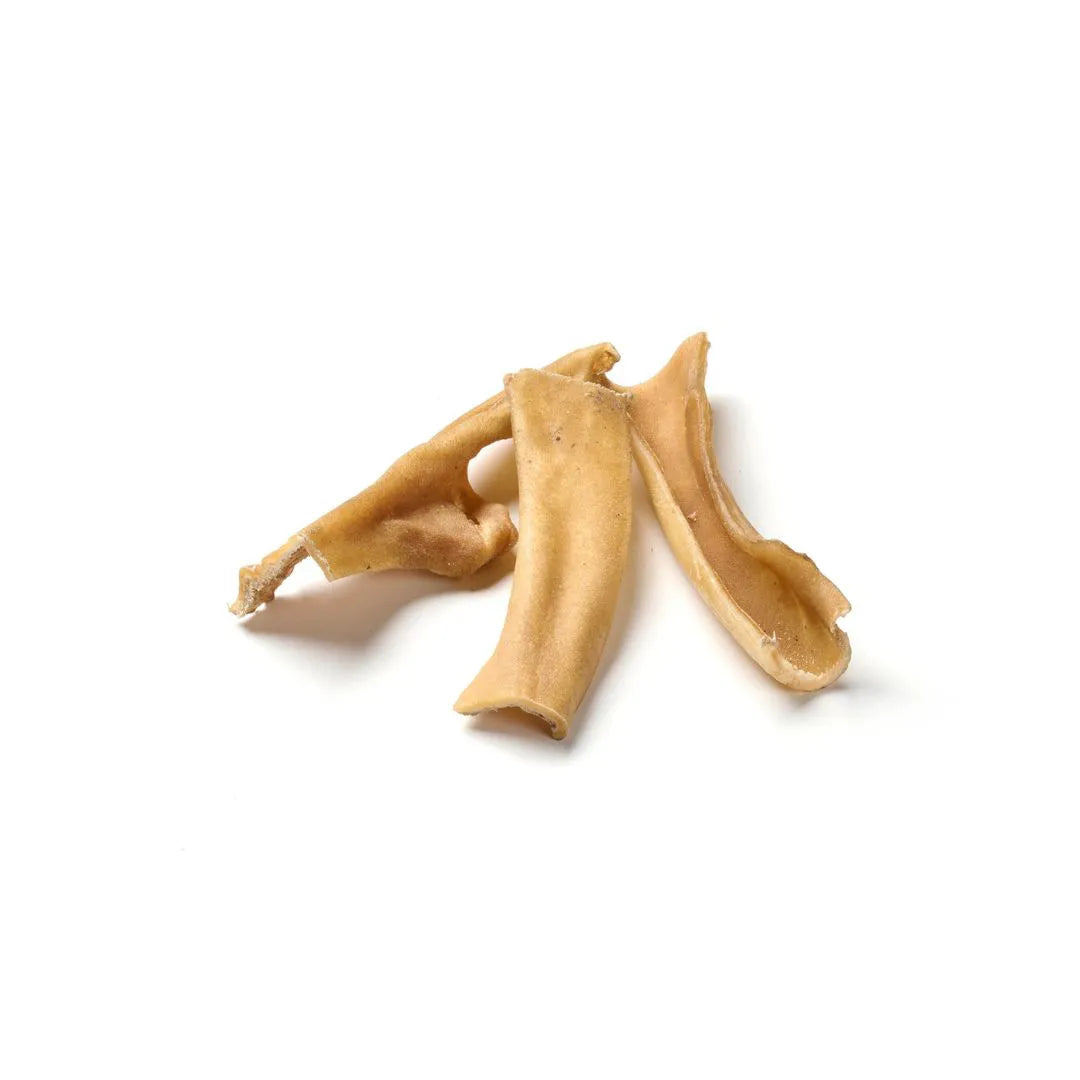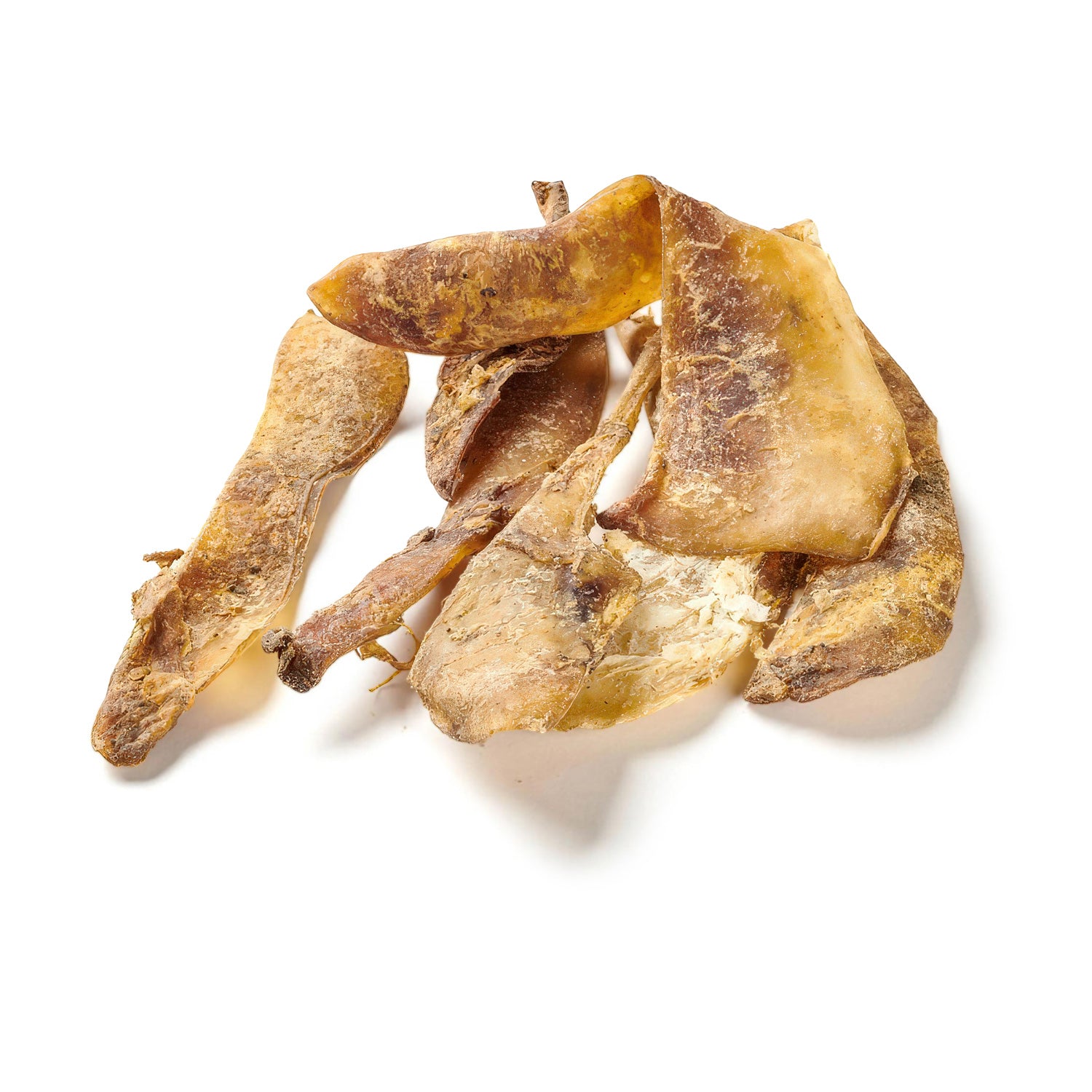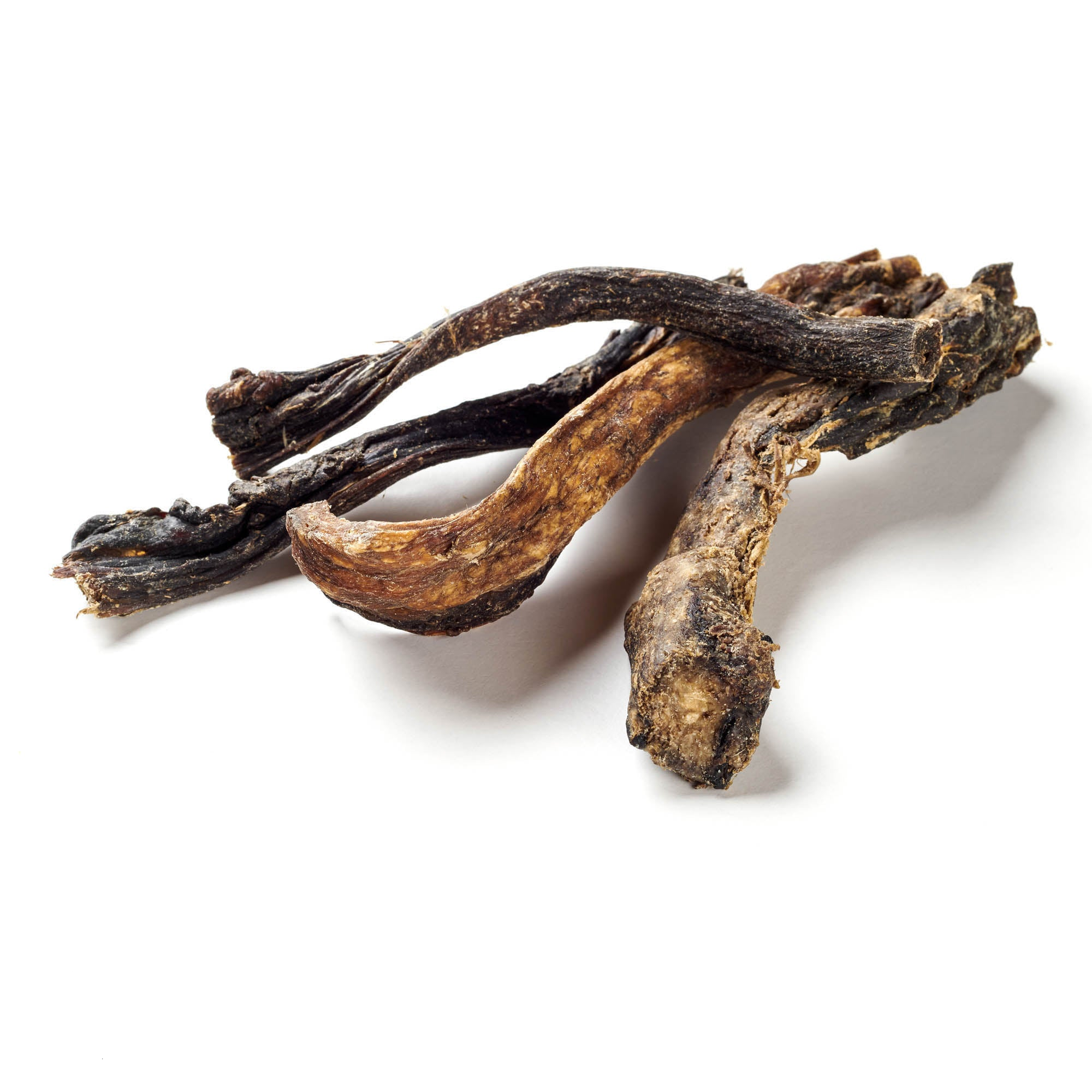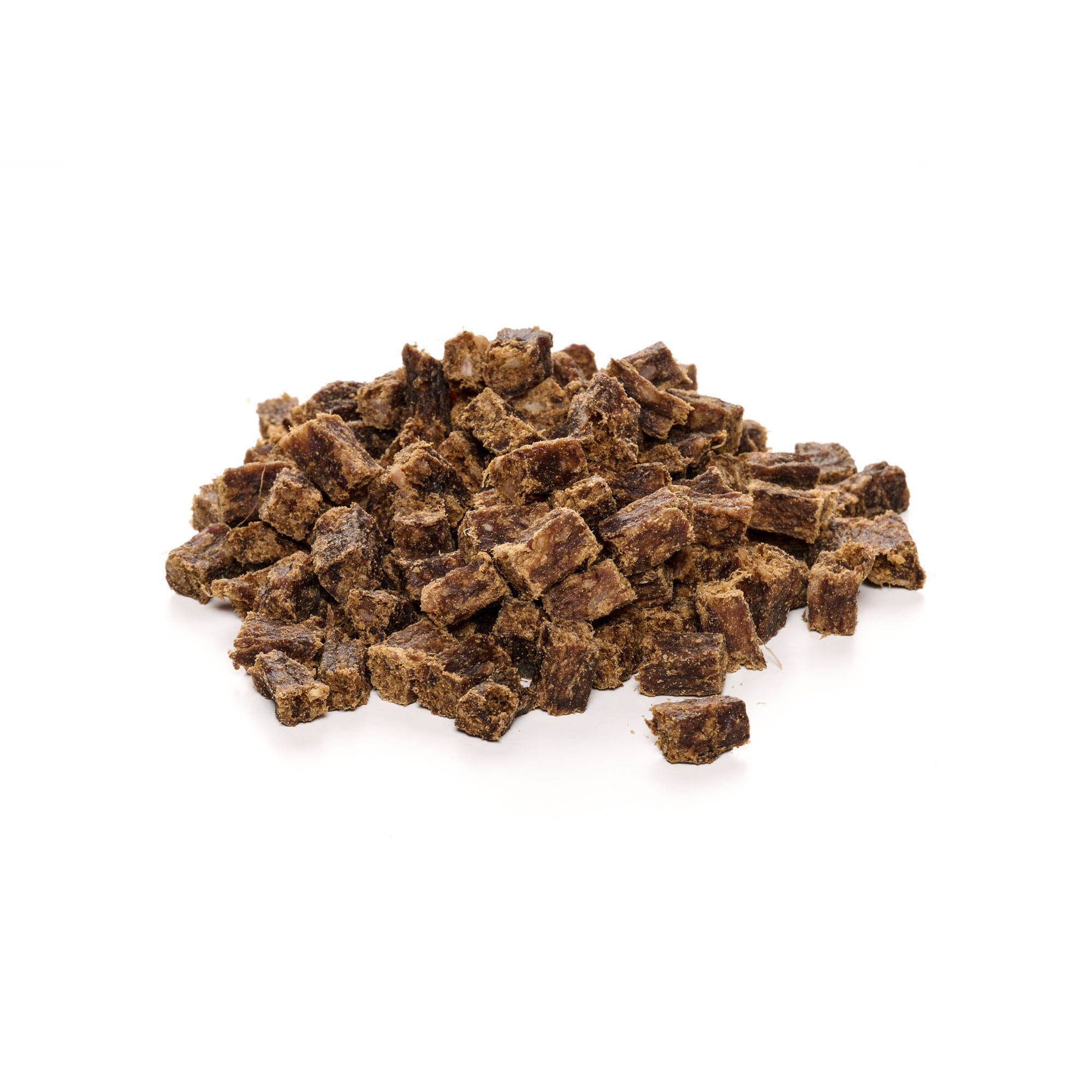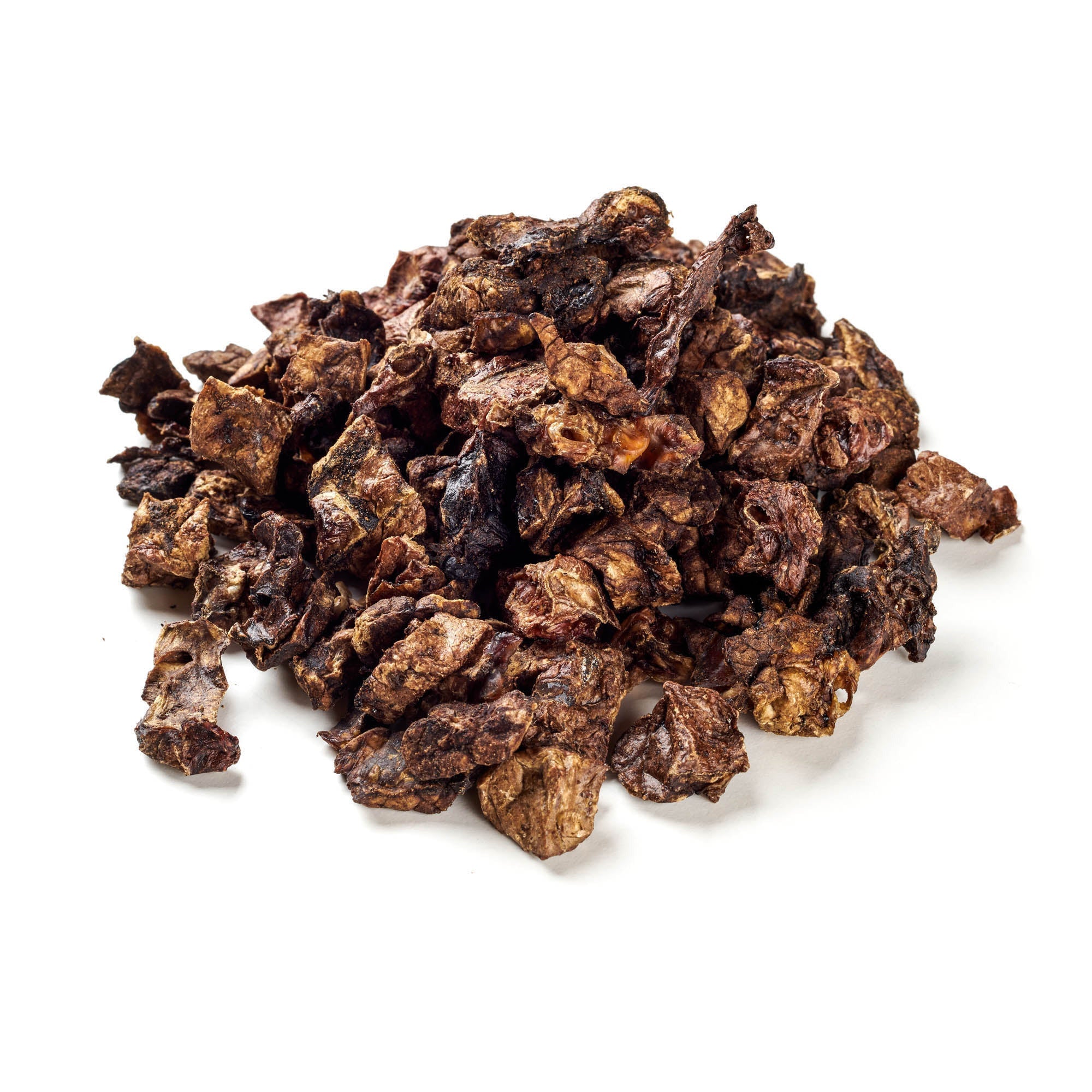
Understanding and supporting hand-shy dogs
Share
Hand shyness in dogs is a behavior that often leaves owners baffled. If a dog is hesitant to be touched or clearly shows that he is wary of human hands, it can be due to a variety of reasons. From bad experiences in the past to inadequate socialization in the early stages of life, the reasons for hand shyness can be deep and complex. This article aims to provide a deeper understanding of this behavior and offer practical solutions that can help rebuild trust between dog and human.
Content: Understanding and supporting hand-shy dogs
- What does it mean when a dog is hand shy?
- First steps to help your hand-shy dog
- Training tips to overcome hand shyness
- When should you seek professional help?
- Long-term care and support
- Conclusion
It can be challenging for dog owners to correctly interpret their pet's behavior and respond appropriately. The ability to recognize and understand the signs of hand shyness early on is crucial to being able to intervene effectively. In addition, it is important to know how to best support your dog as an owner, overcome their fears, and build a positive relationship. The article will not only explain how to recognize the signs of hand shyness, but also how to promote the dog's well-being through targeted training techniques and creating a safe environment. We will also look at when it is advisable to seek professional help. Sometimes the challenges faced by hand-shy dogs are so great that the support of an experienced trainer or behavior consultant is necessary. In this context, it is crucial to choose the right professional who has experience in dealing with similar cases and who takes a gentle, patient approach.
Treat your dog to something special with our chew products!
What does it mean when a dog is hand shy?
A hand-shy dog often shows noticeable fear or insecurity when people try to touch or pet him. This can manifest itself in a variety of behaviors that need to be recognized.
Recognizing the signs of hand shyness
You may notice your dog backing away when you reach out your hand or shaking when someone gets too close. Other signs may include turning his head away, pinning his ears back, or even growling. Some dogs will stiffen or tuck their tail when they are uncomfortable. There are also more subtle signs like licking the lips or yawning that can signal stress. Such behaviors are typical signs that a dog is uncomfortable with touch.
Causes of hand shyness in dogs
The reasons for this can be varied. Some dogs have had bad experiences with people, such as abuse or neglect. Others may never have been properly socialized and are therefore afraid of being touched. Genetic factors can also play a role - some dog breeds are naturally more shy or sensitive than others. An overprotective owner who wants to protect their dog from everything can also inadvertently contribute to the dog becoming hand shy. Health problems or pain can also cause a dog to avoid being touched.
First steps to help your hand-shy dog
If you notice that your dog, who has been living with you for a long time, is still or increasingly shy of hands, it is time to reflect on your own behavior. This persistent shyness may be an indication that certain aspects of how you deal with your dog should be reconsidered. This does not necessarily mean that you are doing something fundamentally wrong, but it could indicate certain areas for improvement in your relationship with your dog.
Creating a safe environment
A fundamental step is to create an environment where your dog feels completely safe. This includes setting up a special retreat that is free from noise and disturbance. This place should be equipped with things that bring joy and comfort to your dog, such as his favorite toy or a soft blanket. The constant availability of such a safe space will help your dog relieve stress and feel more relaxed. And this place should also be reserved for the dog. Neither you nor children should disturb the dog in his retreat.
Basic rules for dealing with a hand-shy dog
It's important to be mindful of your own movements and behavior. Sudden movements and loud noises can exacerbate anxiety in your dog. Try to keep your voice calm and reassuring, and pay close attention to your dog's body language to better understand what he's feeling and when he's uncomfortable.
See also: Calming dogs - how to calm your four-legged friend< Respect your dog's boundaries - don't force him into interactions he wants to avoid and don't force yourself on him. Give him the opportunity to initiate contact on his own initiative. This shows him that his feelings are respected and that he is in control of his interactions. This respectful distance can paradoxically lead to your dog opening up to you more, as he doesn't feel like he is being forced into anything.These approaches require patience and consistency. If you find that you may have been too forceful or inconsistent in your behavior in the past, now is a good time to develop new habits that can help your dog feel more confident and comfortable. Remember that building trust takes time, especially if your dog has had previous negative experiences or has deep-rooted fears. With continued love and understanding, you can build a stronger, more trusting relationship with your dog.
High-quality dog chews for your faithful companion can be found here!
Training tips to overcome hand shyness
Training a hand-shy four-legged friend is a particular challenge that requires not only specialist knowledge but also a high degree of empathy. Here are some effective training methods that are specifically aimed at gently helping your dog.
Building trust through positive reinforcement
Positive reinforcement is an effective way to build trust. Reward your dog with training snacks , words of praise or his favorite toy when he allows you to touch him or is relaxed around you. Start with very short touches on less sensitive areas such as the back or sides. Any positive behavior, such as remaining quiet or turning towards you out of curiosity, should be rewarded immediately. The goal is for your dog to learn to associate touch with positive experiences. You should increase the duration and intensity of the touch very slowly to avoid overtaxing him.
The role of patience and consistency in training
Patience and consistency are crucial in the training process. It can take weeks or months before significant progress is visible. It is important that you remain consistent in your behavior. Always use the same commands and rewards so that your dog understands what is expected and that you are not a threat. Regular training sessions in a predictable environment will help your dog to find security in routines and gradually get used to human proximity and touch.
See also: Training snacks for dog trainingA set routine and a calm, relaxed approach are essential to easing the anxiety of a hand-shy dog. He should never feel forced to react. Instead, training should give him the opportunity to withdraw if he feels uncomfortable, thereby conveying to him that interactions are positive and safe. By applying these methods and constantly nurturing your relationship with your dog, you can help him overcome his shyness and lead a happier and more balanced life.
When should you seek professional help?
Sometimes even the best efforts of a loving dog owner may not be enough to overcome a dog's fear and hand shyness. In such cases, the support of a professional trainer or behavior consultant can be crucial to improving your dog's well-being.
Recognize when an expert is needed
There are certain signs that indicate it's time to seek professional help. If you don't see any progress despite regular training and confidence exercises, or if your dog's anxiety is so severe that it interferes with his daily life and well-being, you should seek professional help. Signs of ongoing problems may include: your dog is constantly hiding, displays aggressive behavior, or has extreme stress reactions such as excessive panting, shaking, or constant restlessness. Also, if your dog is displaying depressive behaviors or isolating himself from the family, this could be a signal of more serious problems that require professional attention.
Choosing the right trainer or behavior consultant
Choosing the right professional is crucial to ensure your dog receives the best possible support. Look for a trainer or behavior consultant who has specialized experience with hand-shy or fearful dogs. A qualified professional will be able to develop a personalized training plan tailored to your dog's exact needs and pace. It's important that the trainer uses positive reinforcement methods that aim to gradually build your dog's confidence without overwhelming him. Ask for references and testimonials from other dog owners who have worked with the trainer. Find out about the approaches and techniques the trainer uses and make sure they are ethical and scientifically based.
A good trainer should not only address the dog's behavior, but also work with you as the owner to ensure you have the tools and knowledge to help your dog in the long term. A responsible trainer will also avoid outdated and negative training methods based on force and fear.
These include:
- Alpha roll: The dog is forced onto its back to show dominance. This method can lead to fear and aggression.
- Leash jerk: A sudden, strong tug on the leash to correct undesirable behavior. This can cause physical harm and destroy the dog's trust in the owner.
- Shock collars: Collars that deliver electrical shocks to control behavior. These can create fear and stress and are known to be cruel and unethical.
- Pinch collars: Also known as spiked collars, these collars press spikes into the dog's skin when he pulls on the leash. These can cause physical injury and psychological trauma.
- Punishment by hitting or shouting: Physical punishment or loud shouting at the dog for misbehavior. This can increase fear and aggression and worsen the relationship between dog and owner.
A good trainer will instead use modern, positive reinforcement techniques based on rewards and praise to encourage the desired behavior and build a trusting relationship between you and your dog. By involving a professional, you can ensure that you and your dog have the best possible chance of overcoming the challenges of hand shyness and building a stronger, healthier bond.
Long-term care and support
Even after your dog has made progress, it is important to continue to support him and give him security.
Everyday strategies for dealing with a hand-shy dog
Integrate calm and relaxed routines into your dog's daily life. Avoid hectic situations and make sure he always has a place to retreat to, such as a cozy dog bed . Make sure you have regular positive interactions with him to build his trust. Reward him for calm behavior and give him the opportunity to get used to new situations at his own pace.
The importance of patience and understanding in the long run
Understanding and patience are also crucial in the long term. Every dog is different, and some need more time than others to overcome their fears. Stay patient and loving, and your dog will thank you. It's important to have realistic expectations and celebrate small steps forward. With time and the right support, your hand-shy dog can learn to trust and live a happier, more relaxed life.
Conclusion
Dogs who are shy of hands need special attention and a lot of patience. By understanding what hand shyness means, identifying the causes and working specifically to build your dog's trust, you can help him overcome his fears. Of course, the path is sometimes long and difficult, but the result - a happy and confident dog - is worth every effort. Your dog will be grateful to you and the bond between you will be stronger and deeper than ever. And if all else fails, your dog may be bribed with natural chews . It's definitely worth a try!
Delicious dog snacks for pure enjoyment are available from us!

